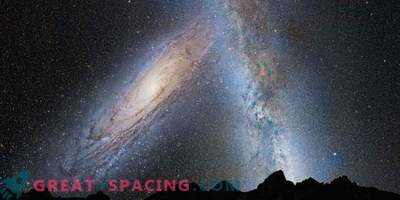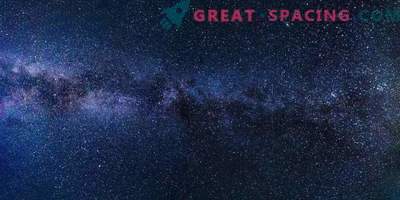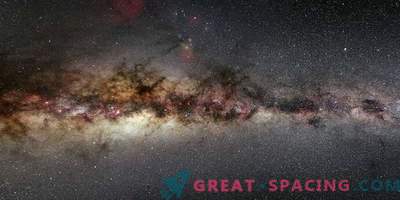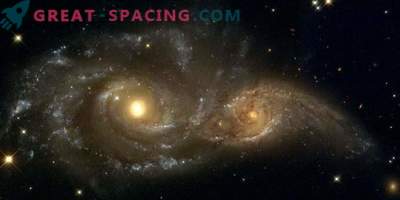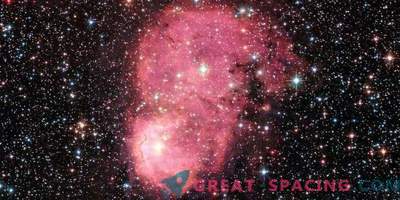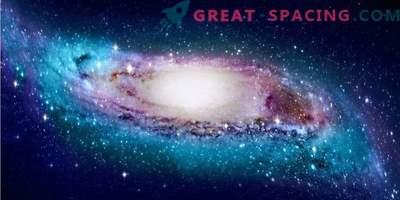
Artistic vision of Enceladus (galaxy) absorbed by a galaxy like the Milky Way
About 10 billion years ago, the Milky Way merged with a large galaxy. “Alien” stars make up the majority of the Milky Way halo, and also form its dense disk, creating an inflated shape. A new study based on data from the Gaia mission.
Large galaxies, like the Milky Way, are created by the merger of small galaxies. However, it is difficult to understand, we are talking about many small mergers or several large ones. Scientists decided to find the “fossils” of the Milky Way to understand the details of the evolution of our galaxy. To do this, use the chemical composition, position and trajectory of the stars in the halo to understand the history and determine the events of the merger.
The second data release of the Gaia mission (April 2018) provided information for 1.7 billion stars. This information was used to look for traces of mergers in the halo. It was surprising to observe that most of the stars are endowed with a common origin and demonstrate one major merger.
Heavy Duty
The chemical signature of many stars of the halo was different from the “native” Milky Way. This is a fairly homogeneous group, indicating a common origin. They were especially clearly distinguished by trajectory and chemical signature. The youngest stars of the “alien” galaxy are much younger than the native Milky Way and form a dense disk region. So, the progenitor of this disk was already present when the merge occurred.
It turns out that these stars should be perceived as remnants of the events of the merging of the Milky Way and the galaxy, which was a bit more massive than the Small Magellanic Cloud 10 billion years ago.


